From Sterile to Stylish: Making Hospital Interiors More Inviting
Posted on 21 January 2025 By Lucy Fisher
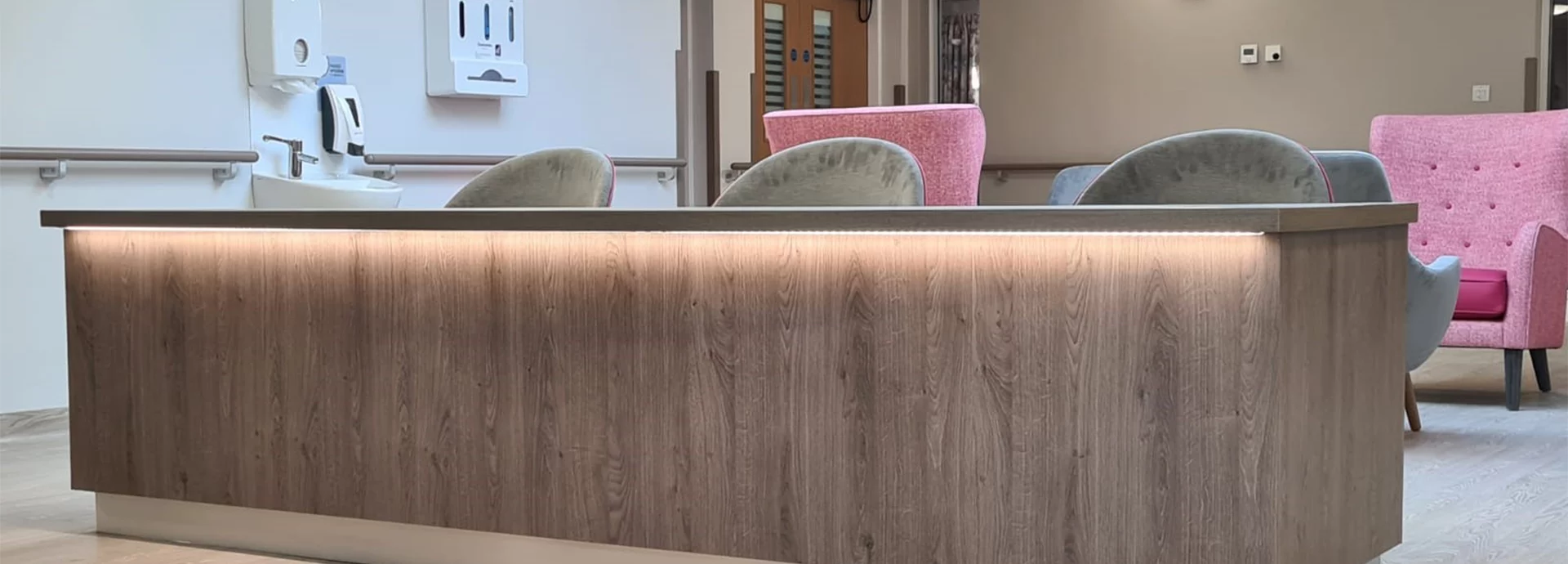
In This Article
Hospitals have long been associated with cold, sterile, and unwelcoming environments – spaces designed for functionality but lacking warmth. However, there’s a growing movement to redefine hospital interiors, transforming them into inviting, aesthetically pleasing environments. These designs not only meet clinical needs but also enhance patient comfort, reduce anxiety, and encourage healing.
In this blog, we explore key design elements that are revolutionising hospital interiors: colour palettes, patient-centred design, art and décor, functionally aesthetic furniture, and natural elements. Each component contributes to creating spaces where patients feel more at ease and staff can perform their duties in a positive environment and welcoming environment.
Warm Colour Palettes: Using Colours to Create Comfort
Hospitals have long been considered clinical and cold. However, the traditional stark whites of hospitals are being replaced by soft, warm tones and nature-inspired hues. This shift in colour palette has a profound impact on the atmosphere of healthcare spaces. By promoting relaxation and reducing patient stress, these colours improve mood and create a more calming, pleasant ambience for patients and staff alike.
Consider using Earth tones like beige and terracotta in waiting areas and patient rooms. Calming blues or greens on accent walls evoke a sense of peace. Contrasting colours are also helpful in aiding navigation, and balancing vibrant tones with neutrals ensures a sophisticated and professional look.
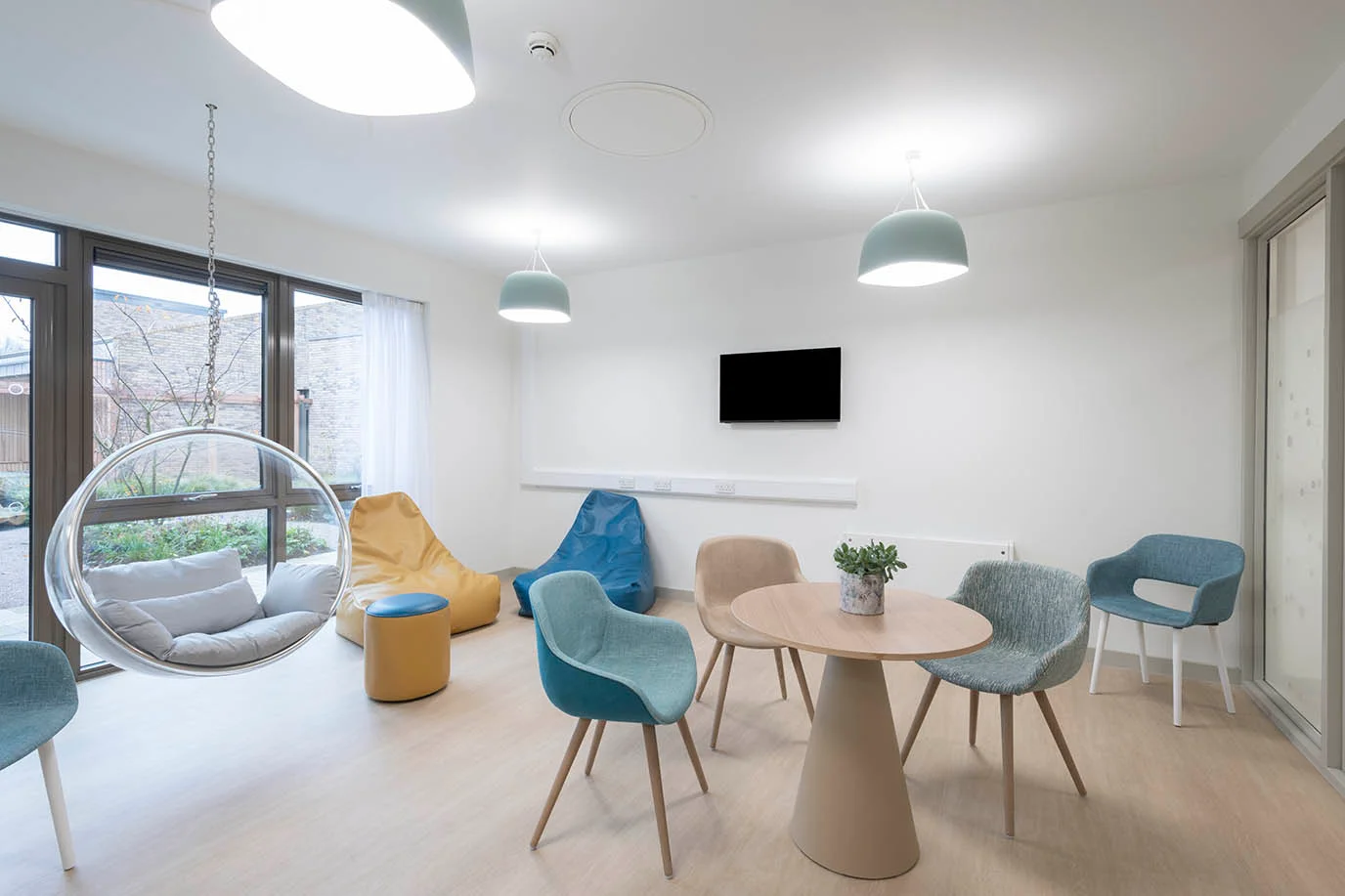
Patient-Centered Room Design: Transforming Patient Rooms into Healing Havens
Patient rooms are evolving from stark spaces to havens of comfort and healing. Thoughtful designs focus on both aesthetics and functionality; features like comfortable seating for visitors encourage family interaction, while adjustable lighting and temperature controls allow for personalised comfort. These elements create a home-like environment that supports recovery and enables patient-family connections, which are vital for emotional well-being.
Modern patient rooms incorporate flexible layouts that allow customisation to individual preferences, such as movable furniture or modular wall panels. These options enable patients to create a sense of personal space, even in a shared environment. Additionally, technological integrations like bedside control panels for lighting, temperature, and entertainment further enhance comfort and convenience.
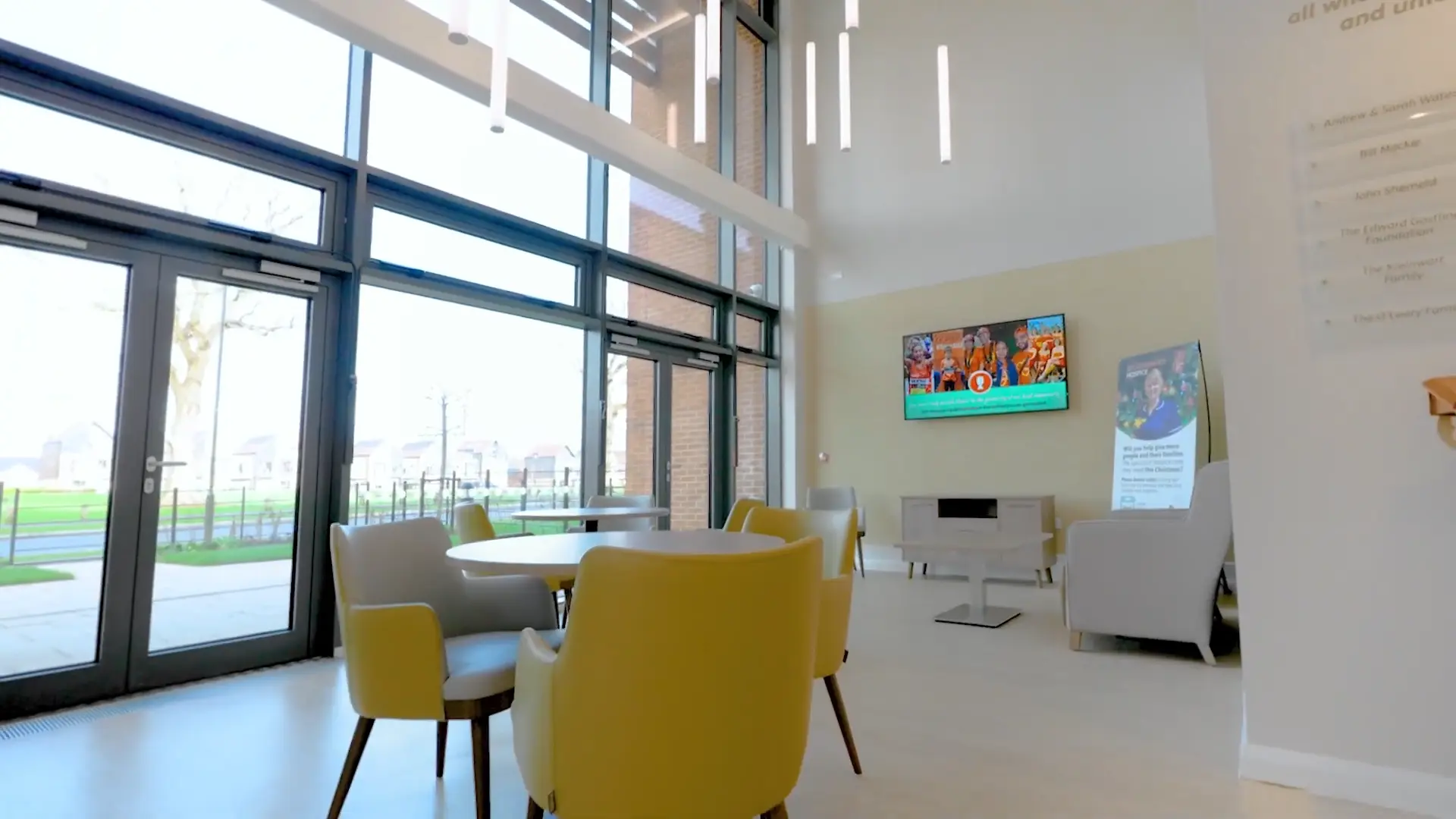
Art and Décor: Adding Personality Through Design
Integrating artwork and thoughtful décor can humanise hospital spaces and provide a sense of identity in what can be very challenging times for patients. This approach reduces the institutional feel of healthcare facilities and offers positive distractions for patients and visitors, boosting their overall experience.
For example, local artists can contribute themed artwork in corridors, while engaging murals in pediatric wards can captivate children and encourage their imagination. Art that reflects the facility’s mission and identity adds character, and interactive elements, such as touchable or digital art, create engaging and memorable experiences.
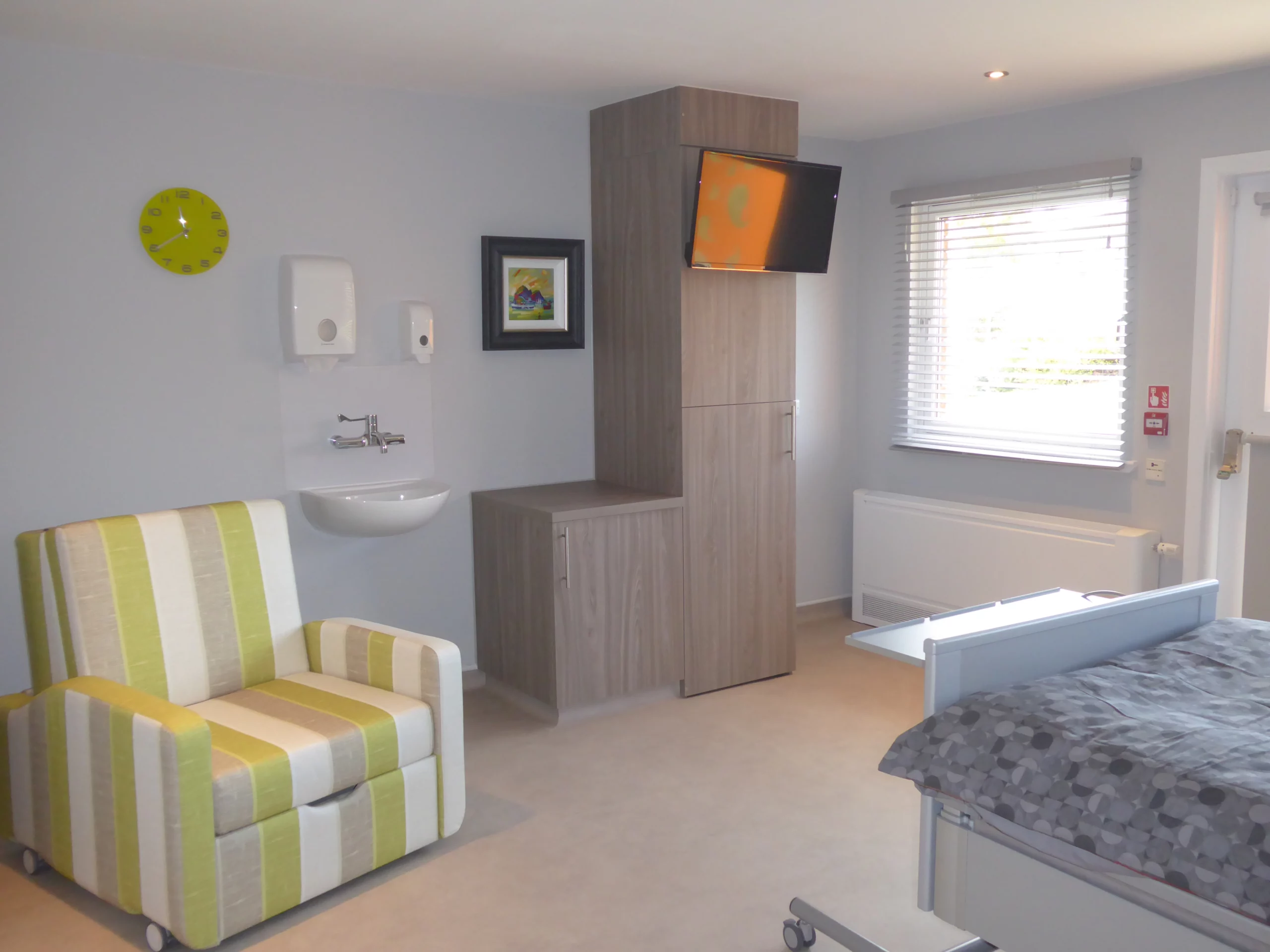
Functional Yet Aesthetic Furniture: Combining Style and Utility
Hospital furniture no longer needs to compromise style for practicality. The latest designs balance both beautifully by incorporating ergonomic designs that prioritise the comfort of patients and staff. Easy-to-clean materials ensure hygiene while maintaining an elegant look. These elements enhance the overall aesthetic of the hospital while ensuring durability and compliance with healthcare standards.
Consider using sleek chairs with antimicrobial finishes for waiting areas, while multi-functional furniture such as ottomans with storage add practicality to patient rooms. Coordinating furniture colours with interior themes and opting for modular options help facilities adapt to evolving needs whilst feeling cohesive and comforting to patients and their families alike.
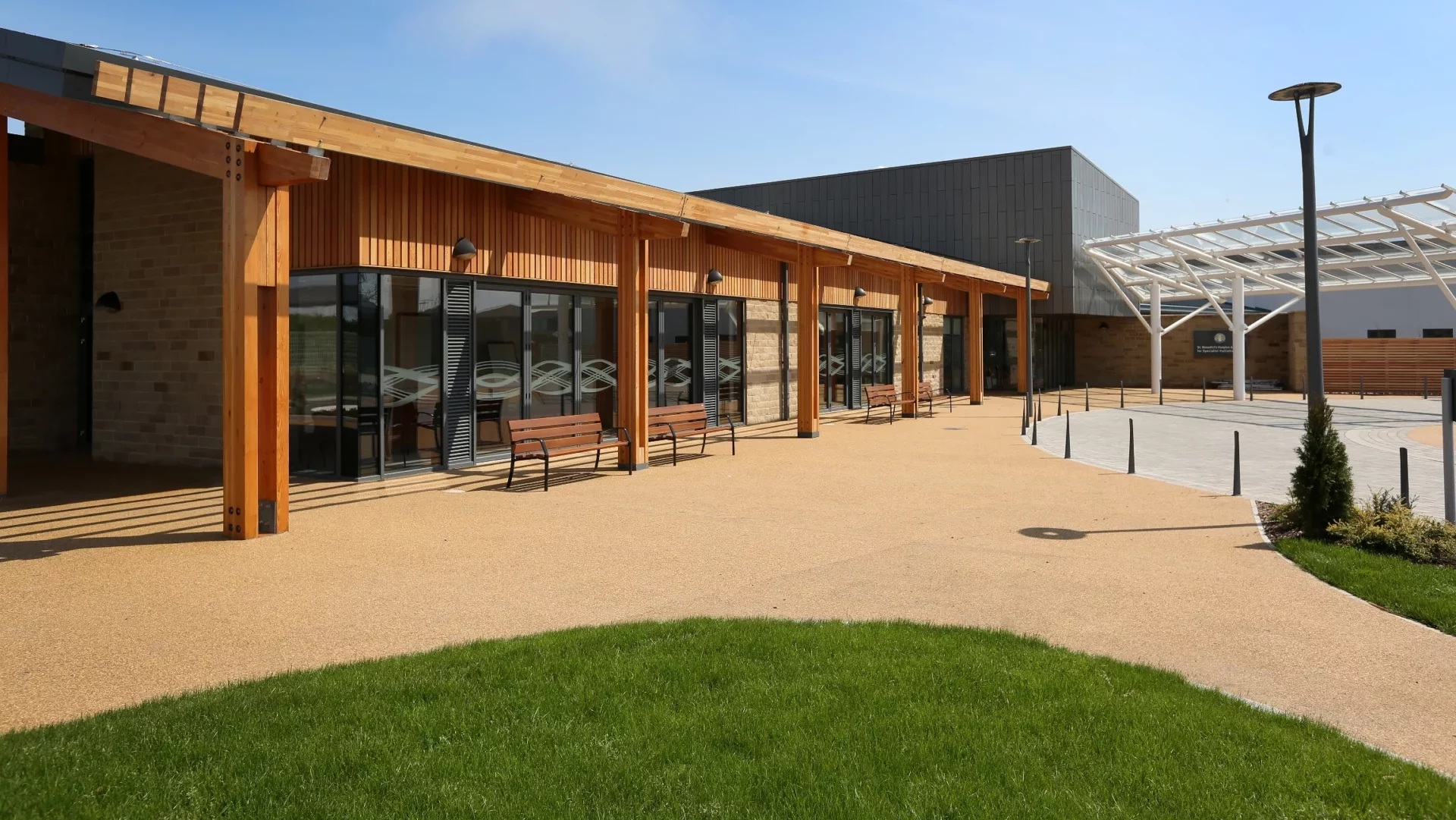
Greenery and Natural Elements: Bringing Nature Indoors
If you’re looking to introduce more natural, soothing pieces to your hospital design, think about adding greenery and natural elements. These elements improve air quality and reduce stress for both patients and staff while establishing a connection to nature that enhances overall well-being.
Strategically placed potted plants in hallways and common areas, as well as living walls in cafeterias or therapy spaces, create focal points that soften the environment. Low-maintenance, non-toxic plants are ideal for indoor spaces, and positioning greenery in high-visibility areas maximises its impact on a multitude of patients and visitors.
Conclusion
Reimagining hospital interiors to prioritise patient comfort and aesthetic appeal is a vital step toward creating more welcoming healthcare environments. By incorporating warm colour palettes, patient-centred room designs, art and décor, functional furniture, and natural elements, hospitals can create spaces that support healing and reduce stress for patients and staff alike.
Need some advice on how to make your hospital design more inviting? Get in touch with our team to discuss how we can help you find the right balance with the right equipment.
Speak to The Experts
Need assistance with product enquiries, general inquiries, or product support? Our Phonelines are open 9am - 5pm Monday to Friday
0113 519 0319
Or, fill out the form for a call back.
